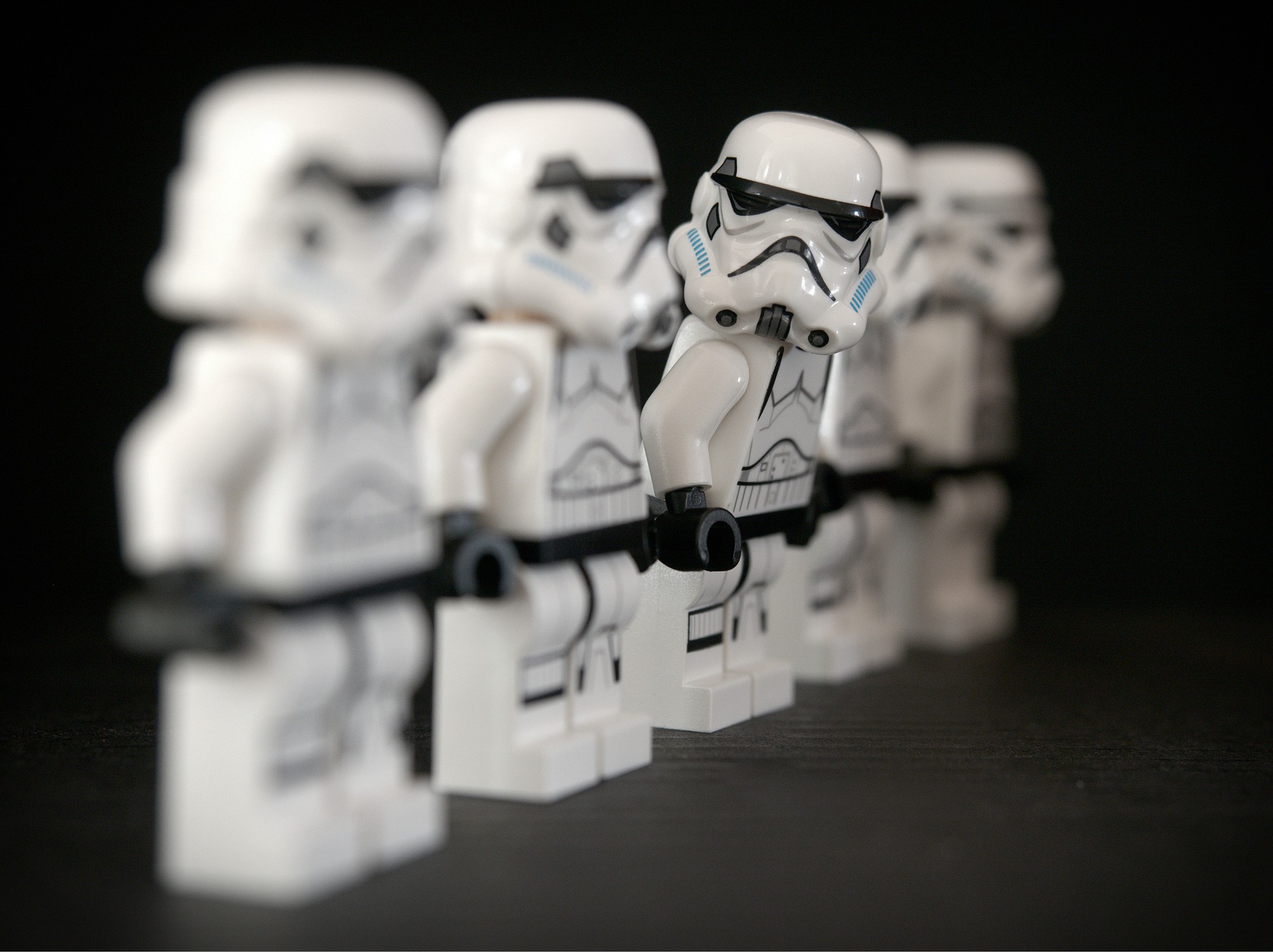Sharing the Spectrum: Difference Isn’t Disability
September 9, 2019
As a teacher who has worked with students labeled as autistic, Aspergers, ADHD, and other sobriquets denoting positions on the learning disabilities spectrum, I’ve learned that difference isn’t disability.
In fact, all six of our Midgard books were developed in what education specialists would call “special ed” classes. Most of my students were reading averse mostly because they were told they were reading averse. In my first year, I was told not to assign any books because these students didn’t read.
Naturally, I didn’t take that advice. When I first handed out books, some students screamed, some cried, some ran out of the room, one even curled into a fetal position under the desk. This was going to take time. But I believed in reading as the best way to convey information and to develop critical thinking skills. The passive act of watching an educational show or tripping down the rabbit hole of the Internet were only supportive techniques. Story telling is very powerful, too, but the performative aspect makes telling stories very dependent on the story teller and the audience. In reading, those two come together within the mind. In minds that have been identified as being on the spectrum, reading required real writing, not the stodgy, lifeless, committee-processed info-dump found in most textbooks. The beautiful thing about most spectrum kids is that they do not tolerate manipulation. I found that they do respond to truth, to challenges, to a call to adventure. They will read if the writing allows them to think for themselves.
In other words, like most kids. The biggest difference I found was that the so-called “normies,” were better at hiding their boredom. They learned how to play the game. From teaching spectrum kids, I learned that all kids will respond if we teach in a way that encourages individuality, that doesn’t try to neutralize all the differences, but accentuates and celebrates them.
Differences are not “disabilities,” as if there was one decided way to be “able.” And there are a lot of differences. Each person is a unique learning being. We have different family backgrounds, different biological make-ups, different learning styles, in fact we’re so different from each other that every person is a special interest group of one. It’s only the advertising and political industries that seek to neutralize individuality into marketable demographics. Sadly, what kids learn in school does prepare them to become adults and that is to be just like everyone else, to shop, live, think like everyone else. We are not stormtroopers in lock-step with what the demographers call our “co-hort.” We’re in the Rebel Alliance, each of us from our own star.
I do believe that, like Emerson said, each person is their own star. The beautiful constellations of the night sky are made up of thousands of different stars. This may be the most American idea ever, but The de facto motto of the United States is E Pluribus Unum. In education, we translate that as “out of many, one,” but it can also mean “one, out of many.”
Contact us


